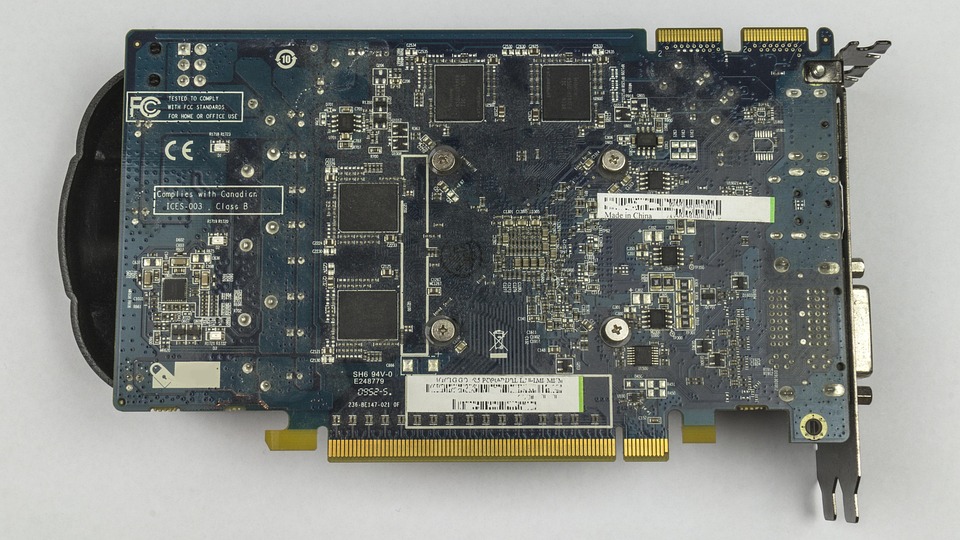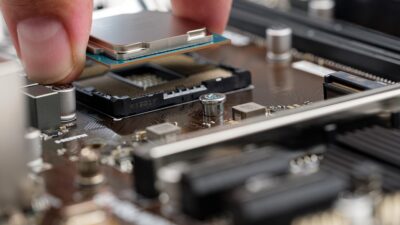In today’s fast-paced gaming and graphics processing world, maximizing your GPU (Graphics Processing Unit) performance can significantly enhance your experience, whether you’re gaming, rendering, or performing complex computations. While factory settings are often optimized for stability and longevity, overclocking can push your GPU further, offering superior frame rates and improved performance. However, this comes with its risks and considerations. This article will guide you through the basics of overclocking your GPU safely and effectively.
What is Overclocking?
Overclocking refers to the practice of boosting the clock frequency of your GPU beyond its manufacturer-rated specifications. This results in higher performance levels, allowing your GPU to process tasks at a faster rate. However, this also increases the heat output and power consumption, necessitating careful monitoring and adjustments.
Why Overclock Your GPU?
- Enhanced Performance: Overclocking your GPU can yield higher frame rates and smoother gameplay, especially in graphically intensive games and applications.
- Cost Efficiency: Rather than purchasing the latest hardware, overclocking can extend the life and performance of your existing GPU.
- Customization: Overclocking allows users to tailor their systems to better fit their specific usage scenarios, be it gaming or content creation.
Preparing for Overclocking
1. Ensure Adequate Cooling
Before beginning the overclocking process, make sure your system is equipped with a robust cooling solution. Overclocking generates additional heat, so a good quality aftermarket cooler or enhanced case airflow is essential to prevent thermal throttling and damage.
2. Update Drivers and Software
Keep your GPU drivers up-to-date to ensure compatibility with the latest software, games, and performance improvements. Additionally, consider using reliable software for overclocking, such as MSI Afterburner, EVGA Precision X1, or ASUS GPU Tweak II.
3. Monitor Temperatures
Before overclocking, establish a baseline for your GPU’s temperature under load. Tools like GPU-Z or HWMonitor can help you keep an eye on temperatures during the overclocking process.
The Overclocking Process
1. Increase the Core Clock
- Incremental Adjustments: Begin by slightly increasing the core clock speed (e.g., starting with an increase of 25-50 MHz).
- Stress Testing: After each increment, run a stress test using software like Heaven Benchmark or 3DMark to ensure stability. Monitor temperatures to ensure they are within safe limits (usually below 85°C for most GPUs).
2. Increase the Memory Clock
- After establishing a stable core clock, repeat the process for the memory clock. Again, make incremental increases followed by stability testing.
3. Adjust Power and Voltage Settings (if necessary)
Increasing voltage can sometimes be necessary for higher clock speeds, but it also significantly raises temperatures. Exercise caution:
- Increase voltage by small increments (e.g., 10-25 mV).
- Monitor temperature and stability closely after each adjustment.
4. Find the Sweet Spot
The goal is to find the maximum stable overclock without sacrificing too much heat or power consumption. Don’t hesitate to backtrack if you encounter instability, such as graphical artifacts or crashes.
Testing for Stability
Once you’ve prioritized your desired settings, conduct prolonged benchmarking sessions and gaming sessions to ensure that your new overclock is stable under various loads. Monitor for:
- Crashes or freezes
- Artifacts (strange visual effects)
- Temperatures rising beyond safe limits
Safety Tips
- Know Your Limits: Not all GPUs are created equal. The overclocking potential can vary dramatically even between two identical models.
- Backup Your Data: Overclocking inherently involves some risk. Always backup your important data in case an unexpected failure occurs.
- Have a Recovery Plan: Be prepared to reset your GPU settings to default if something goes wrong. Most overclocking software has an easy way to revert changes.
Conclusion
Overclocking your GPU is an exciting way to squeeze more performance out of your hardware and can transform your experience in gaming and content creation. However, it requires careful monitoring, gradual adjustments, and a respect for the limits of your hardware. Armed with the right tools and knowledge, you can safely unlock the true potential of your GPU, enjoying the enhanced performance that comes with it. Always remember, safety first: prioritize longevity and stability alongside performance for the best results. Happy overclocking!


